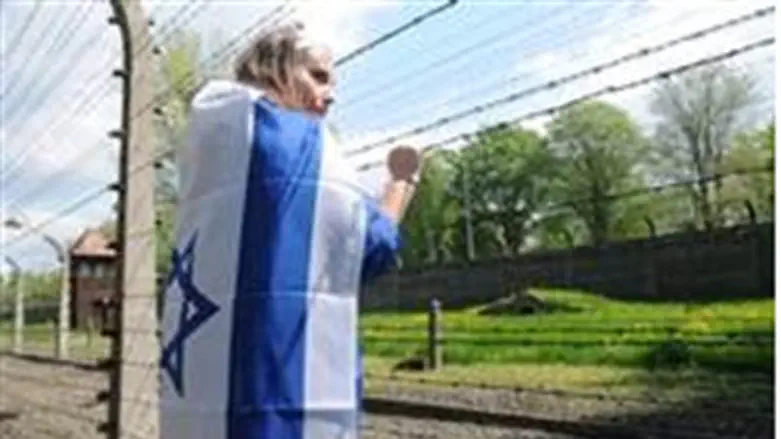
As the Nazis poured into Poland and began rounding up Jews, many tried to escape, whether to the forests, where they hid out and held out as long as they could, or to the cities, where they tried to blend in with the gentile population. The Nazis caught many of them – and murdered them, of course – but others managed to escape, and survive.
After the war, they were faced with a choice: Continue their current lives as members of Polish society, or rejoin the Jewish people, whether in the Land of Israel or America. Some chose the latter, but others, for their own reasons, chose the former – and remained in Poland, living as Polish gentiles. Many married and had children, and often, even when marrying a fellow Jewish survivor, they did not tell their children who they really were.
By doing so, many were repeating a pattern that had been established in previous generations. After particularly severe pogroms, some Jews would just “opt out,” escaping their village to live in a big city like Warsaw, where they could attempt to assimilate. They, too, never told their children the truth about their backgrounds, and in some cases, they themselves had children and even grandchildren who had hidden Jewish roots.
But the indomitable Jewish spirit is difficult to stamp out – even years, and even generations later, and last weekend, on Holocaust Memorial Day eve, dozens of the “hidden Jews” of Poland gathered in Oswiecem - better known as Auschwitz, the town adjacent to the most notorious of the Nazi death camps. The gathering, a Shabbat celebration, was organized by the Shavei Israel organization, which has helped people young and old around the world get back in touch with their Jewish identities.
“In recent years, a growing number of young Poles have begun researching their Jewish roots, those roots that Hitler and his cronies sought to stamp out,” said Shavei Yisrael CEO Michael Freund. “I cannot think of a better way to express the victory of the Jewish people than to celebrate Shabbat with young Poles who wish to learn about their Jewish roots at the edge of the valley of death in Auschwitz,” he said.
The seminar, held over Shabbat, featured traditional Shabbat meals, discussions and symposia on Judaism and Jewish history, and events to encourage the youths to reach out to others with the same concerns and desires as their own. The event was held in the Lomdei Mishnayot Synagogue, the only active synagogue in the area.
Jews first settled in Oswiecem in the 1500s (the village was known to Jews as Oshpitzin), and contained dozens of synagogues until the very eve of the Holocaust. In 1939, 14,000 people lived in the town, 8,200 of them Jews. Nearly all were murdered by the Nazis. By September 1945, only 186 Jews were left in the town, and by November 1946 there were just 40, most of whom had left for Israel or the U.S. by the mid-1950s.